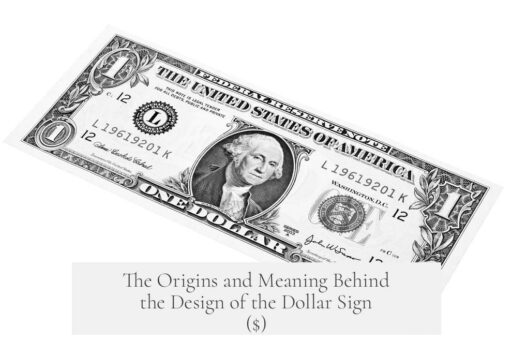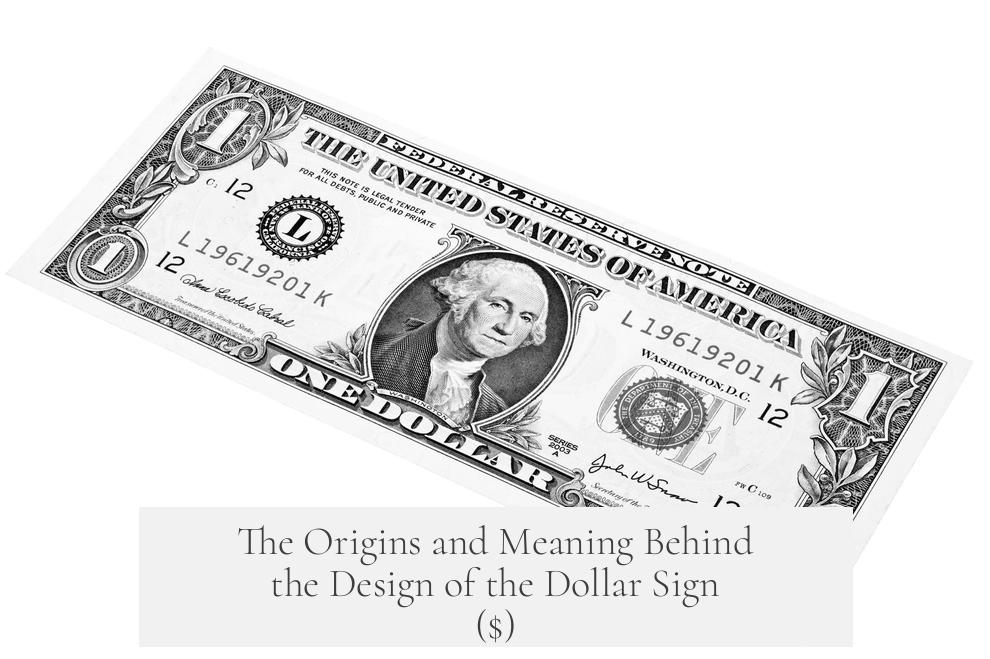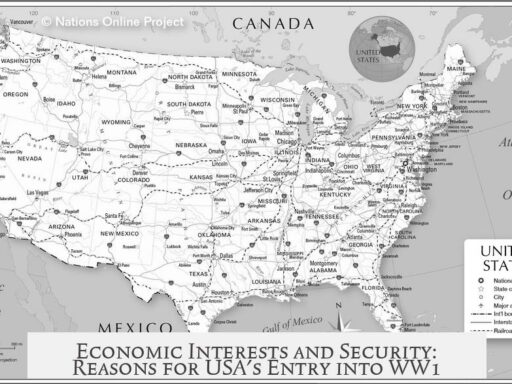The dollar sign ($) looks like an “S” because it likely evolved from Spanish currency symbols rather than directly from the English word “dollar.” Its design traces back to notations used for the Spanish peso, known as the “peso de ocho” or piece of eight, which was widely used in the Americas before the United States established its own currency.
The word “dollar” itself comes from “thaler,” a German coin. However, the symbol $ is not derived from the letters in “dollar.” Instead, several theories explain its distinctive “S” shape crossed by lines.
- Peso Notation Hypothesis: One common theory is that the dollar sign came from a shorthand for the Spanish peso, written as “p^s.” Over time, the “p” and “s” merged in handwriting, forming a symbol resembling an “S” with a line.
- Pillars of Hercules Hypothesis: Another explanation relates to the Spanish royal crest, which showed the Pillars of Hercules with a banner wrapped between them. Coins often displayed this symbol, which looked like two vertical lines flanking an “S.” This imagery influenced the dollar sign’s form.
The Spanish peso was the dominant silver coin in the American colonies and early United States. The Coinage Act of 1792 formalized the U.S. dollar, setting its value equal to the Spanish silver peso. Because of the peso’s widespread use, its symbol carried over into U.S. currency.
Various other origins exist, but most link the symbol to Spanish currency traditions rather than to the English spelling of “dollar.” By the end of the 18th century, many Latin American countries continued to use this symbol, reinforcing its association with silver coinage in the Americas.
| Aspect | Detail |
|---|---|
| Word origin | Derived from German “thaler” |
| Symbol origin | Derived from Spanish peso notation or Pillars of Hercules |
| Currency linkage | Spanish peso as dominant coin in 18th-century Americas |
| US adoption | Coinage Act of 1792 set US dollar equal to Spanish peso |
- The $ sign originates from Spanish peso symbols, not the English word “dollar.”
- It likely evolved from the “p^s” scribal abbreviation or the Pillars of Hercules imagery on Spanish coins.
- The symbol reflects Spanish silver currency dominance in the Americas before U.S. coinage.
- The Coinage Act of 1792 linked the U.S. dollar directly to the Spanish peso, reinforcing the use of the $ sign.
Why does the dollar sign ($) look the way it does? Why does it look like an s, when there is no s in the word dollar?
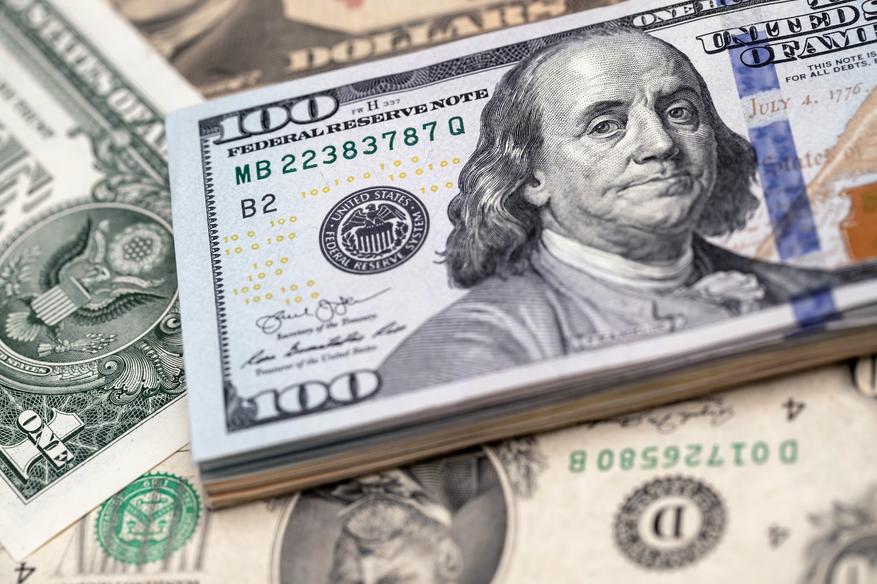
The dollar sign ($) looks like an “S” because it evolved from symbols related to the Spanish peso, not directly from the English word “dollar.” This curious symbol, with its striking simplicity and immediate recognition, has a surprisingly winding history. If you’ve ever pondered why the “$” resembles an “S,” yet the word “dollar” has no “s” in it, you’re not alone. Let’s unravel this symbol’s story, tracing the journey from European coins to American currency, and uncover the many theories behind why it looks the way it does.
The Roots: From Thalers to Dollars
First things first: the word “dollar” itself actually comes from the German thaler. The thaler was a popular silver coin in Europe starting in the 16th century. Over time, “thaler” morphed phonetically into “dollar” as it entered English usage. Specifically, the Maria Theresa Thaler, a well-known silver coin minted in Austria, dominated commerce during the late 1700s, influencing currency naming worldwide. However, this connection explains the name, not the symbol.
The Dollar Sign’s Spanish Pedigree
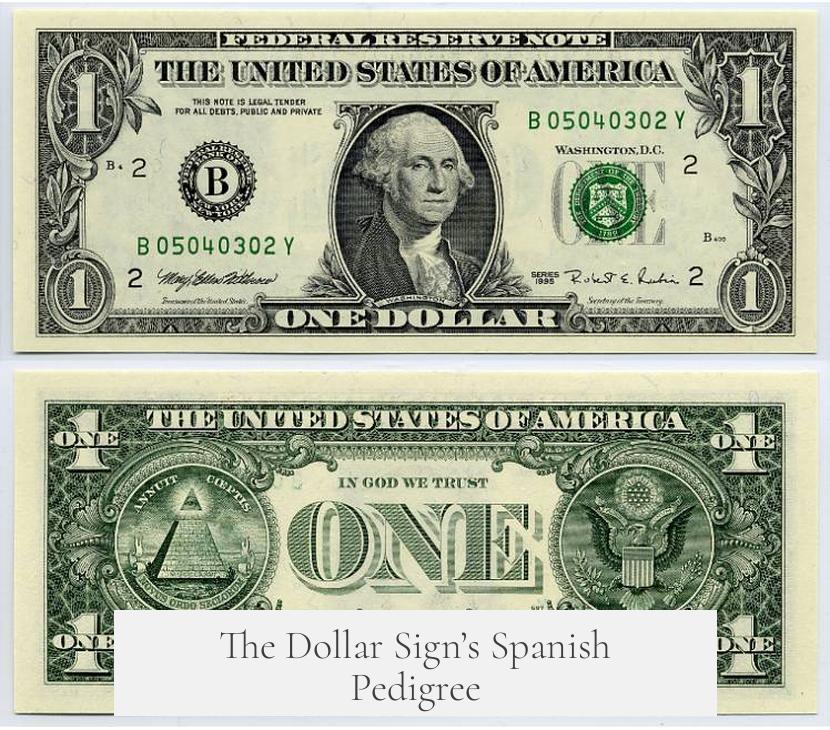
The dollar sign’s design, contrary to what many might assume, didn’t come from the English word “dollar.” Instead, it traces back to a notation for the Spanish silver piece of eight, or peso de ocho. This coin was immensely popular in the Americas and globally during the 18th century. It’s no surprise that its notation influenced the symbol for money, as it was one of the most commonly circulated coins in American colonies.
Why Does It Look Like an ‘S’?
The “S” shape stems from the scribal abbreviation for the Spanish word peso, sometimes written as “p^s.” When scribes rushed to jot down currency values in ledgers and letters, they often combined the “p” and “s” into a stylized symbol. Over time, this shorthand naturally condensed into something resembling a single “S” with a vertical line, which looked much like what we today recognize as the dollar sign.
Another Angle: The Pillars of Hercules Hypothesis
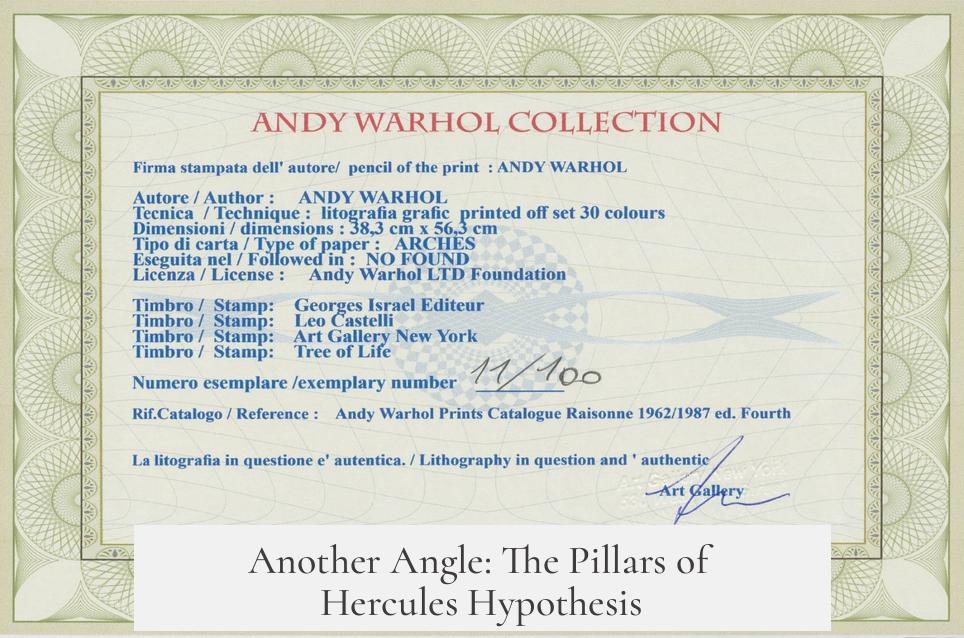
Some historians take the story a step deeper into the realm of iconography. Did you know the pillars you see on many old Spanish coins—the “Pillars of Hercules”—may have inspired the dollar sign? These pillars, often depicted with a wavy banner between them, appeared on the Spanish royal crest and numerous coins.
Picture two vertical bars with an “S” slithering through the middle. That matches the design famously printed on the Spanish coinage of the era. This iconic imagery was so widespread that it could easily have found its way into the common script, morphing into the dollar sign.
Are There Other Origins?
Indeed, other theories float around, but most tie the dollar sign to the Spanish peso by the late 18th century. Latin American countries, after gaining independence, largely retained this symbol by tradition and habit.
The United States and the Birth of “$”
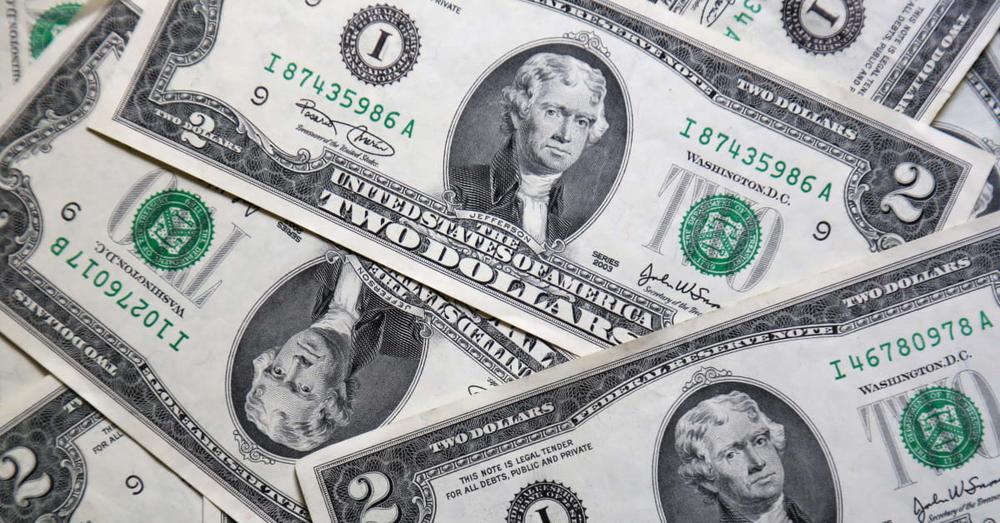
Here’s a fascinating bit: the Coinage Act of 1792 officially authorized the minting of United States currency. The act pegged the U.S. dollar to the Spanish silver peso’s value—the coin was so ubiquitous that the young U.S. chose to adopt it as a standard. Essentially, the Spanish “piece of eight” became the foundation for America’s monetary system.
And with that, the symbol for the peso carried over to the new currency, complete with the familiar $ sign. So there you have it: the dollar sign’s Spanish legacy officially crosses the Atlantic and embeds itself in U.S. money.
Let’s Put It into Perspective
Imagine you’re a clerk in 18th-century colonial America. You need to jot down amounts in pesos quickly, and the usual “peso” abbreviation’s “p^s” naturally compresses into the single $ symbol. As the U.S. dollar replaces the peso, the shorthand sticks. The symbol’s elegance—two vertical lines or one, with a curvy “S”—makes it simple and quick for everyday use.
Summary: Clearing Up the Mystery
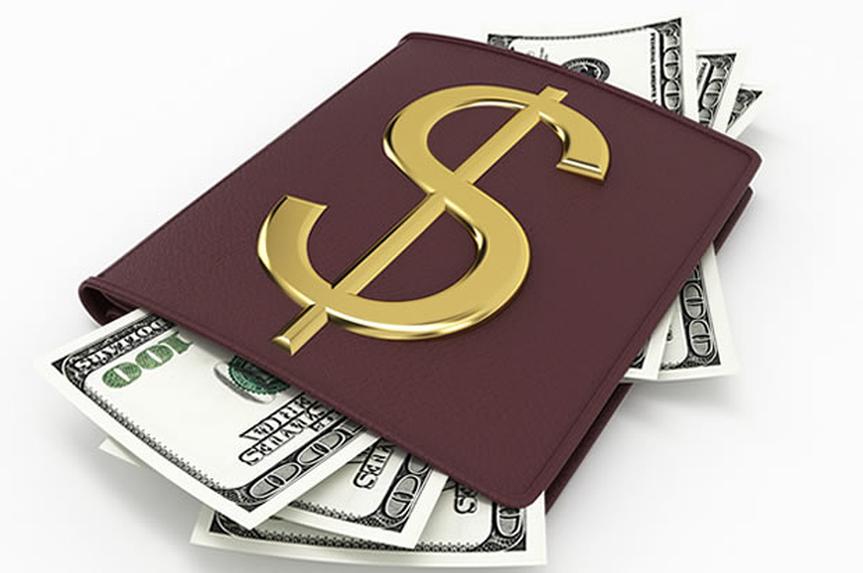
Despite some debates, the majority of experts agree on these main points:
- The dollar sign is primarily derived from Spanish currency notation.
- The “S” shape relates to a scribal abbreviation for “peso,” not the English “dollar.”
- The vertical lines may come from the “pillars of Hercules” on Spanish coins.
- The United States adopted the symbol in the late 18th century because its dollar was minted equivalent to the Spanish peso.
Interestingly, Wikipedia and most historical sources find no major controversy here—this is one of those rare topics where we have a fairly clear origin story backed by evidence.
Why Does This Matter Today?
Now, when you see the $ sign, it’s more than just a money symbol. It’s a little piece of history—an iconic blend of European influence and American adaptation. Next time you pay for a coffee or see prices in dollars, you can wow your friends with the story behind that seemingly simple “S” with a line through it.
Bonus: Fun Fact
You might have noticed that some countries place one vertical line through the “S,” while others use two. This difference is mostly stylistic. Both versions ultimately trace back to the Spanish peso symbol.
Key Takeaway
Symbols often come from humble origins, evolving through centuries and cultures. The dollar sign ($) looks like an “S” because it’s inherited from Spain’s peso notation, not the English term dollar. It’s a symbol steeped in history, trade, and practical scribal shortcuts, embodying a fascinating story behind everyday money.
So next time you pause and stare at that flickering cursor before the price tag, remember: that little squiggle is a gateway to a fascinating blend of linguistic evolution, colonial history, and the birth of modern currency.
Why does the dollar sign ($) look like an “S”?
The dollar sign likely comes from the Spanish peso notation, which looked like “ps.” Over time, the letters merged, forming an “S”-like shape that represents peso, not the word “dollar.”
Is there a connection between the dollar sign and Spanish currency?
Yes. The dollar sign evolved as a symbol for the Spanish silver peso, known as the “peso de ocho,” widely used in the 18th century. This symbol later got adopted for U.S. currency.
What is the Pillars of Hercules theory about the dollar sign?
This idea suggests the dollar sign comes from the Spanish royal crest featuring two pillars with a banner. This image, printed on Spanish coins, inspired the “$” symbol.
Why does the dollar sign have one or two vertical lines?
The lines represent the banner or pillars from the Spanish symbol or might symbolize the handwritten “p” and “s.” The number of lines has varied, but one line is now standard.
How did the dollar sign become linked to U.S. currency?
The 1792 Coinage Act defined the U.S. dollar equal to the Spanish peso, making the peso’s symbol the logical choice. It became standard for U.S. money soon after.
